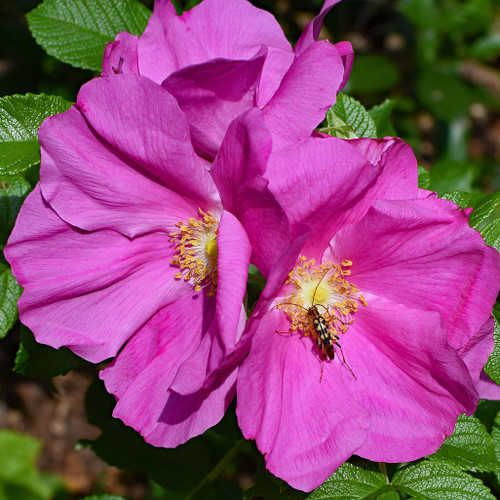Cannot Ship To:AK,HI
Nannyberry – Multi-Stemmed, Suckering Deciduous Shrub
Why Nannyberry (Viburnum Lentago)?
Nannyberry, also known as Viburnum lentago, is a multi-stemmed, upright, suckering, deciduous shrub that typically grows tall; however, it may also be cultivated as a small tree with a single trunk. Non-fragrant white flowers in flat-topped cymes appear in spring, but drupes that resemble berries and blue-black replace these blooms in the fall—quite attractive to birds and wildlife.
Viburnums benefit birds and other pollinators and are also crucial as host plants for various butterflies and moths. Surprisingly, they also do not have any serious insect or disease problems.
Since "perfect" flowers include male and female organs, they cannot reproduce independently; hence, additional pollination (two or three bushes) is required to ensure successful fruit development.
The fruits may be consumed directly off the plant or processed into preserves such as jams and jellies. The juice extracted from the nannyberry benefits those with digestive and menstruation issues.
Please Read Our Store Policies HERE Before You Order!!
Interactive Excerpt From USDA Plant Guide
2 Reviews Hide Reviews Show Reviews
-
Nannyberry
Four out of the six I ordered are in great condition. Two not so much. They started soaking not long after arrival and we planted the next day. Time will tell ?♀️
-
Great little trees
Lovely little trees I was very pleased. I’m always nervous ordering from a new place but my shipment arrived at a good time, in good condition and nice little trees. I was surprised to see the roots even had moisture retaining gel crystals on them and no dried out roots at all.











